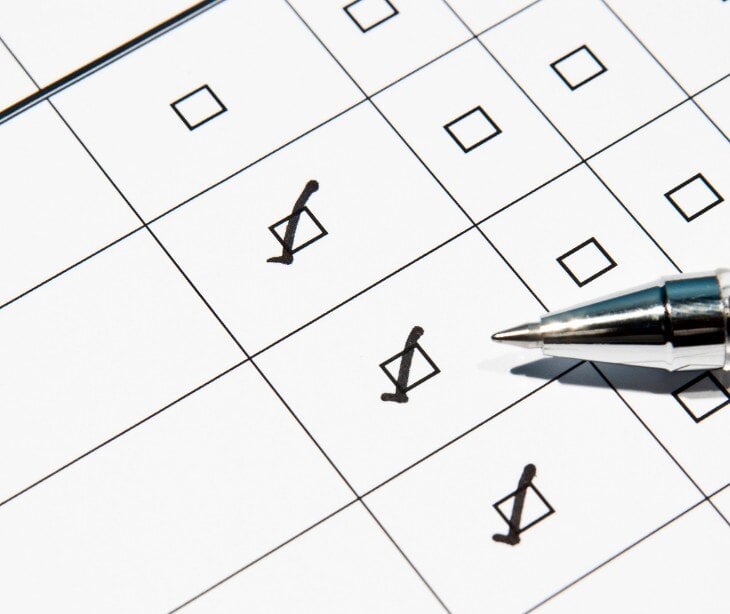
Behavioral data is the information collected about individuals' actions and interactions across various digital and physical environments. The data provides insights into how patients engage with services and respond to interventions and can help reveal the “why” behind patient behaviors rather than just the “what”.
According to a study published in Nature Neuroscience, “The promise of big behavioral data: to sample more densely in a systematic fashion and to interconnect different sampled regions by means of standardizing and sharing data.”
For example, behavioral data can provide patterns in medication adherence, identify barriers to care, or detect early signs of health deterioration through changes in activity or engagement with health resources. It allows healthcare providers to personalize care plans and anticipate needs through predictive analytics.
The types of behavioral data collected in healthcare
- Data from electronic health records (EHRs) tracking patient histories and treatment responses.
- Physical activity, heart rate, and sleep data from wearable devices.
- Social media interactions reveal patient sentiments and engagement levels.
- Mobile app usage data showing how patients interact with health resources.
- Feedback from surveys and forms capturing patient preferences and satisfaction.
- Telehealth session data analyzing patient engagement during virtual visits.
- Medication adherence data tracking compliance with prescribed treatments.
- Appointment attendance records identifying patterns in visit compliance.
- Lifestyle data, such as diet and exercise habits, from digital health platforms.
The insight it provides
Analyzing patient behaviors allows providers to identify patterns that reveal underlying challenges or opportunities for intervention. If behavioral data shows that a patient frequently misses follow-up appointments, the insight could indicate barriers like transportation issues.
A study published in Behavioral Insights in Healthcare notes, “Behavioural insights has been described as ‘the application of behavioral science to policy and practice with a focus on (but not exclusively) “automatic” processes’. Both behavioral economics and behavioral insights draw on the idea that people have two systems for processing information and decision-making – the automatic and the reflective.”
Wearable device data tracking sleep and activity levels can help detect early signs of health deterioration like fatigue. Predictive analytics further improves insights by forecasting future behaviors and risks based on historical data, allowing organizations to proactively allocate resources and design preventative strategies.
How behavioral data can be used in healthcare?
- Behavioral data can be used to identify patterns in patient habits and treatment responses.
- It allows healthcare providers to personalize treatment plans based on individual preferences and behaviors.
- Behavioral data helps in early identification of potential health risks before symptoms emerge.
- It can improve disease management by providing insights into medication adherence and lifestyle choices.
- Predictive analytics can leverage behavioral data to anticipate future patient needs and behaviors.
- Healthcare organizations can optimize resource allocation by analyzing behavioral trends and patient demands.
- Behavioral data enables targeted interventions for patients at risk of non-adherence or chronic conditions.
- It supports improved patient engagement by understanding motivations and preferences.
- Behavioral data can inform public health strategies by revealing trends in community health behaviors.
- It aids in monitoring the effectiveness of interventions through continuous feedback from patient behaviors.
Related: HIPAA Compliant Email: The Definitive Guide
FAQs
How can predictive analytics enhance patient engagement?
Predictive analytics uses historical and real-time data to identify high-risk patients and anticipate their needs, enabling healthcare providers to proactively engage these patients with targeted interventions.
What role do technology and digital tools play in patient engagement?
Technology allows for patient engagement through platforms like patient portals, mobile apps, and telehealth services that allow for easy access to health information and direct communication with providers.
How can healthcare providers measure the effectiveness of their patient engagement strategies?
Providers can measure effectiveness through patient satisfaction surveys, tracking adherence rates to treatment plans, monitoring health outcomes, and analyzing feedback.



%20-%202024-11-04T065051.962.jpg)
